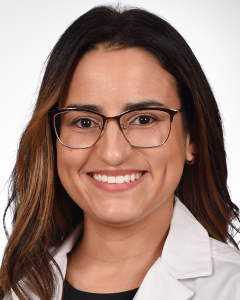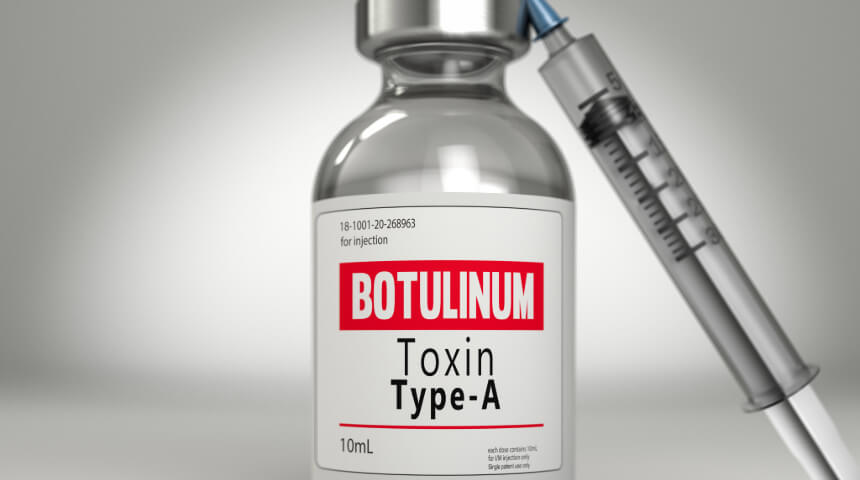Relieving your child’s pain doesn’t always mean taking medicine or having surgery. Simple TENS units, which have become more popular in recent years, offer a safe, noninvasive alternative for many kids.
What Is a TENS Unit?
Transcutaneous electrical nerve stimulation (TENS) uses a mild electrical current to block or mask the transmission of pain signals to your child’s brain and to stimulate the release of endorphins in the body to dull pain.
The electrical impulses are sent to the nerves through electrodes placed on your child’s skin near the painful areas and connected with wires to a small battery-operated unit. The electrical impulses cause a tingling sensation, which should be pleasant. It should be at a level that feels comfortable, causes no muscle contractions and produces pain relief.
Pain Relief From TENS
A TENS unit can provide short-term pain relief for many children with chronic and acute muscle and joint pain, allowing them the time they need to complete an activity or to get to sleep. It usually is the most beneficial at the end of a child’s day after pain has built up.
Sometimes the use of TENS also can reduce the amount of pain medicine a child needs. You should discuss with your child’s doctor how this therapy can be incorporated into your child’s daily treatments.
Always supervise your child when a TENS unit is being used. A child can experience more pain if the TENS unit is used incorrectly.
Safety of TENS
For most children, TENS is a safe treatment with no side effects. However, you should always consult your child’s doctor before beginning any treatment. There are some patients, such as those with epilepsy or heart conditions, who should not use a TENS unit.
In addition, it is important to position the pads on either side of the painful area, at least an inch apart. Never place the pads over your child’s:
- Front or sides of the neck
- Temples
- Mouth or eyes
- Chest and upper back at the same time
- Irritated, infected or broken skin
- Numb areas
Your child’s doctor likely will recommend that your child use the TENS unit for 15 to 30 minutes per session. The proper current should feel like a soft tingling and be comfortable. If it’s too high, the muscle will contract and hurt. TENS units should not be used on children who cannot talk because they will not be able to communicate how it feels.
Benefits of TENS
- Easy to use
- Portable
- Noninvasive and does not involve needles
- A way to treat pain without drugs
- A treatment with few side effects
Choose to Stay in Touch
Sign up to receive the latest health news and trends, wellness & prevention tips, and much more from Orlando Health.
Sign Up










